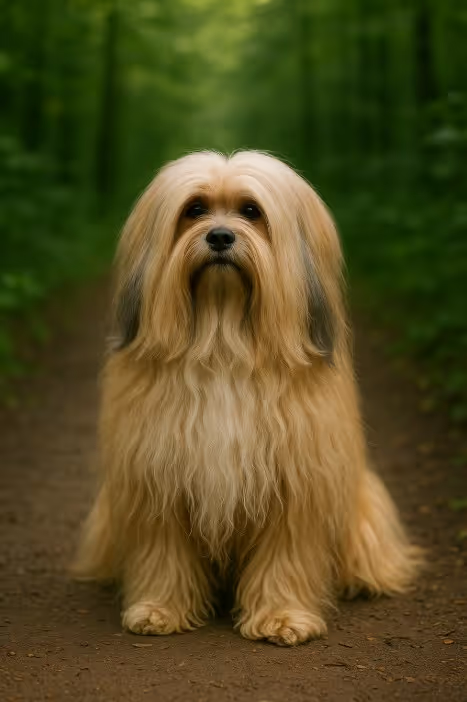The Lhasa Apso is a confident, floor‑length companion - dignified yet playful, with a keen watchdog nature. Excellent for apartments when grooming is prioritized and training stays positive.

Originating in Tibet as a sentinel of monasteries and homes, the Lhasa Apso was prized for keen hearing and a lion‑like coat. It traveled to the West in the early 20th century and is now recognized globally as a distinctive, affectionate companion.
Balanced and true to type with hallmark features.
High‑maintenance when kept long; pet trims reduce workload.
Moderate needs—daily walks and play.
Bright and independent - keep it positive and consistent.
Toy‑breed portions with attention to dental health.
Generally long‑lived; choose breeders who screen eyes, patellas, and kidneys.
Look for breeder mentorship on coat care or consider small‑dog rescues.
Are Lhasa Apsos hypoallergenic?
Often low‑shedding and tolerated better, but no dog is fully hypoallergenic.
Apartment‑friendly?
Yes - with daily walks and grooming commitment.
Do they bark?
Watchful by nature - train a quiet cue and provide enrichment.
How trainable?
Moderate - independent but responsive to rewards.
Good with kids?
Best with gentle handling; supervise as with any small dog.